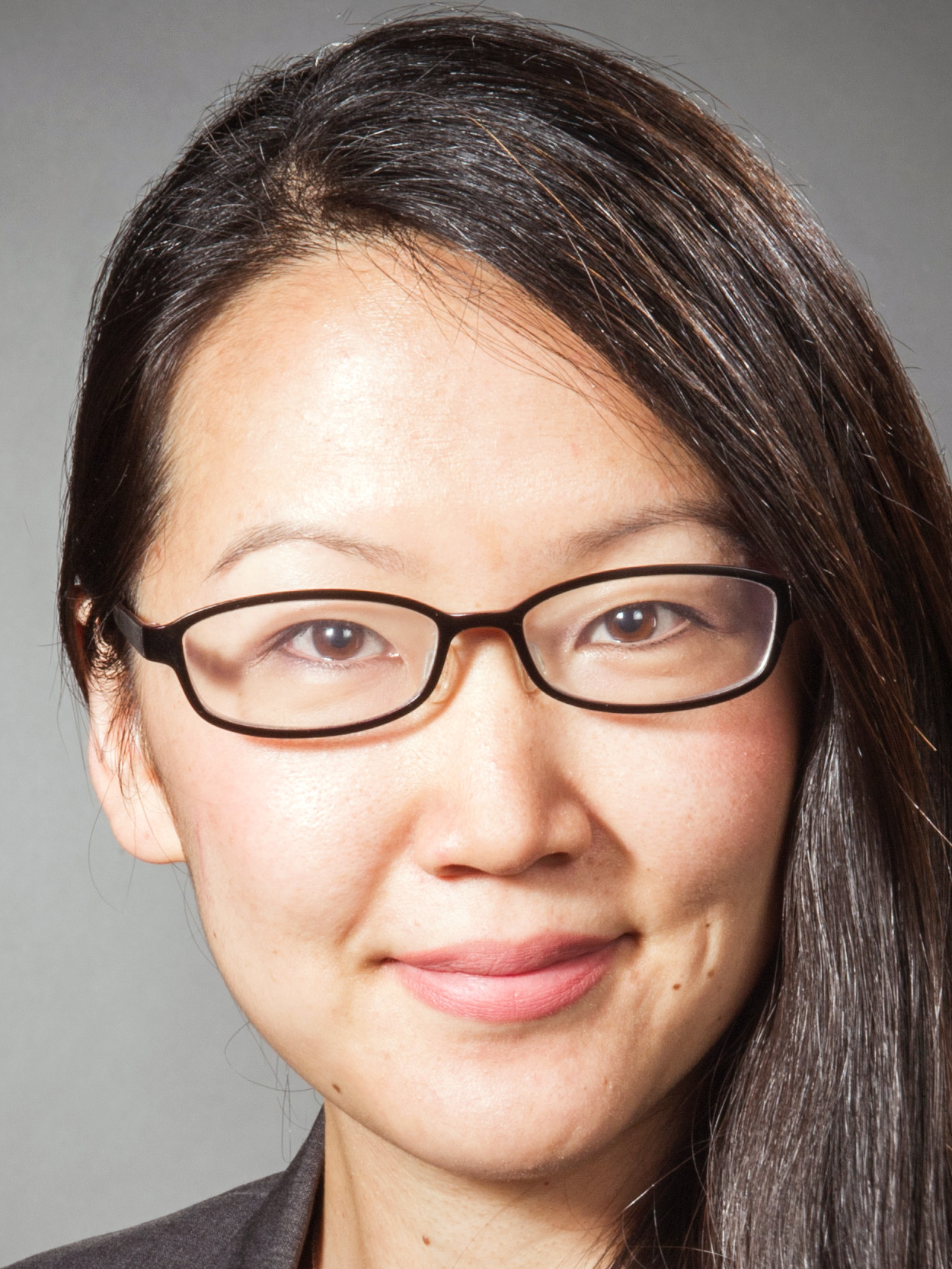This engaging strategy session was led by two passionate speakers committed to optimizing hospital operations while prioritizing the well-being of hospitalists. They delved into various challenges, or “tensions and stressors,” affecting hospital medicine’s future, such as financial strains post-COVID-19, increased clinician burnout, and changing attitudes towards taking on extra shifts. Nationally, we’re grappling with a more complex patient population, a reality supported by the speakers with compelling evidence. They also explored how emerging technologies can assist hospitalists. The session had three key objectives:
1. Compare and contrast different workloads and their impact on outcomes—According to SHM’s 2023 State of Hospital Medicine report, the average daily patient census typically ranged from 11 to 20. Hospitalists expressed a strong belief, also supported by the report, that patient census significantly influenced perceived safety. An article discussed during the session authored by Kalamahmadi et al. emphasized that the right workloads could lead to cost savings in the millions of dollars for organizations.1 The speakers highlighted the need for a tailored approach rather than a one-size-fits-all solution, especially when comparing community and academic settings.
2. Identify emerging best practices for determining hospitalist workloads and work design—What struck me as particularly enlightening during this session was the discussion on measuring hospitalist workload. Prior to this, I wasn’t aware of the existence of electronic tools designed to track clinician electronic health record usage on a daily basis. These tools, called event log data, offer insights into total electronic health record time, breaking it down further into time spent on encounter-note documentation, prescriptions, and electronic inbox or secure chat messaging. Dr. Burden also shared insights into the innovative work she and her team are undertaking with the Gritty Work application (www.grittywork.org). This tool actively collects clinicians’ perceptions of their workload, helping to identify when workload thresholds lead to positive or negative outcomes. Through the adoption of a data-driven approach, hospitalist leaders can paint a structured and objective picture of optimal work designs.
3. Apply insights from management science and quality improvement to enhance negotiation strategies with hospital executives—In the concluding segment of this session, the focus turned to effective strategies for hospitalist leaders to bridge the decision-making gap with executive partners. The speakers referenced an important article published in the Journal of Hospital Medicine by White et al.2 Hospital executives are currently grappling with economic pressures that inevitably affect hospitalist leaders, who must navigate choices between reduced staffing or demonstrating the hospital’s return on investment. The speakers stressed that while executives highly value hospital medicine groups, quantifying their value financially poses challenges. Through interviews with multiple hospital executives, it was found that those who valued hospitalists highly were typically from institutions where hospitalist groups demonstrated alignment with hospital priorities. Achieving this alignment requires consistent communication of hospitalist efforts, fostering close relationships with executives, and maintaining transparency regarding all hospitalist-based initiatives.
Key Takeaways
- The optimal number of patient encounters will require a tailored approach rather than a one-size-fits-all approach and should be driven by a holistic viewpoint to determine what is optimal: workforce well-being, patient safety and quality, and financial outcomes.
- Emerging technologies will assist hospitalist leaders in tracking time spent dedicated to non-face-to-face care (e.g. note documentation, medication reconciliations, inbox, and secure chat messaging), which in time may help develop optimal work design, in particular when paired with clinician and patient outcomes.
- Hospital executives highly value hospital medicine groups, but it has been challenging to quantify hospital medicine’s value financially. Maintaining strong relationships with hospital executives by clearly communicating hospitalist-based initiatives is key to building and sustaining a strong hospital medicine workforce.

Dr. Kang
Dr. Kang is an assistant professor and academic hospitalist at Northwell Health – Long Island Jewish Medical Center in New York. She currently serves there as the site director for the division of hospital medicine and is the executive chair for SHM’s special interest group for interdisciplinary rounds.
References
- Kamalahmadi M, Bretthauer K, et al.Mixing it up: operational impact of hospitalist caseload and case-mix. Management Science. 2022;69(3). doi: 10.1287/mnsc.2022.4342.
- White A, McIlraith T, et al. Collaboration, not calculation: a qualitative study of how hospital executives value hospital medicine groups. Journal of Hospital Medicine. 14:662-7. https://doi.org/10.12788/jhm.3249.